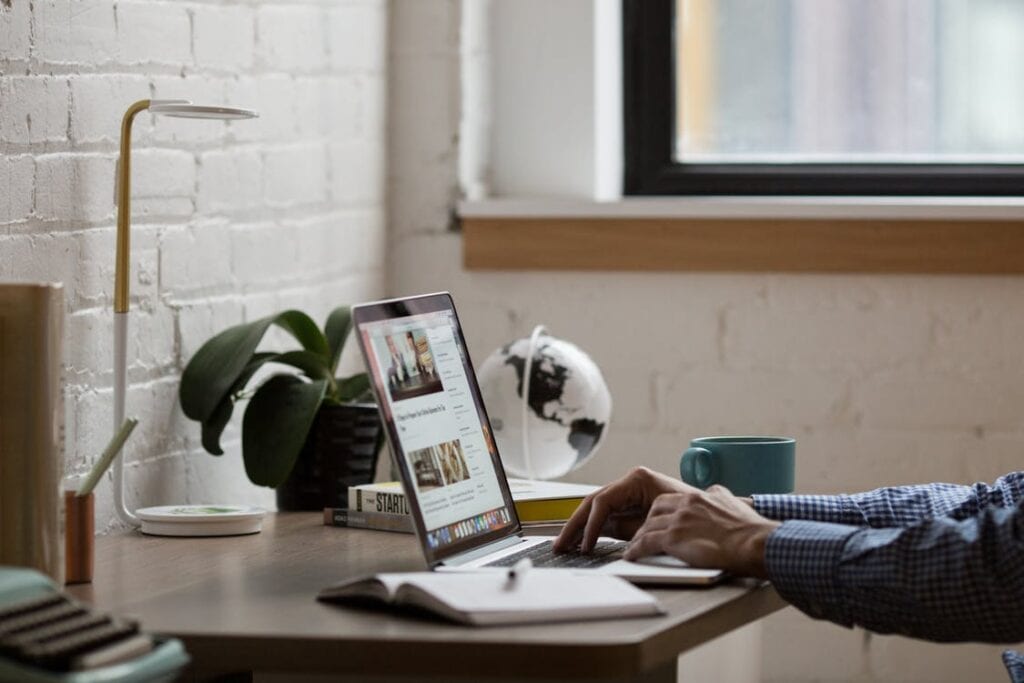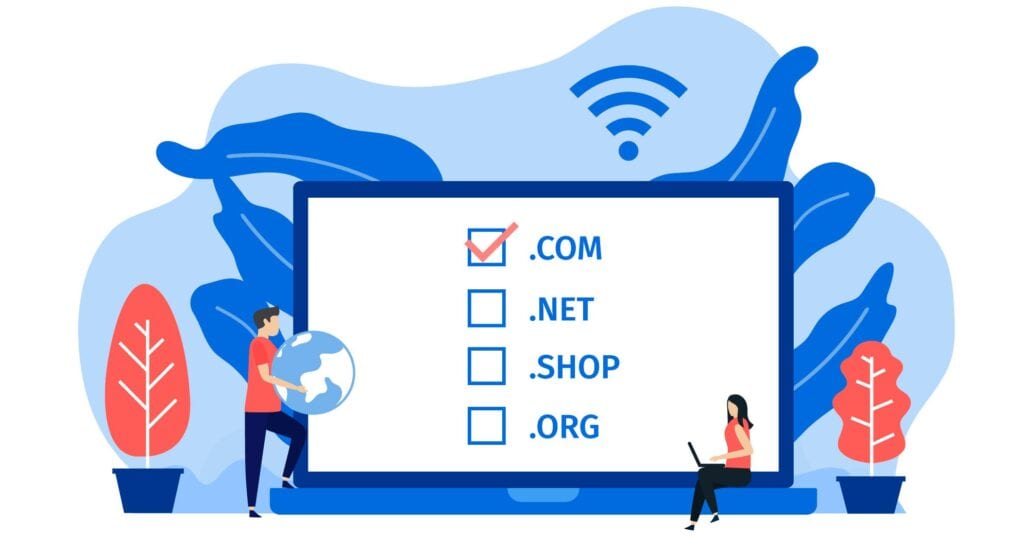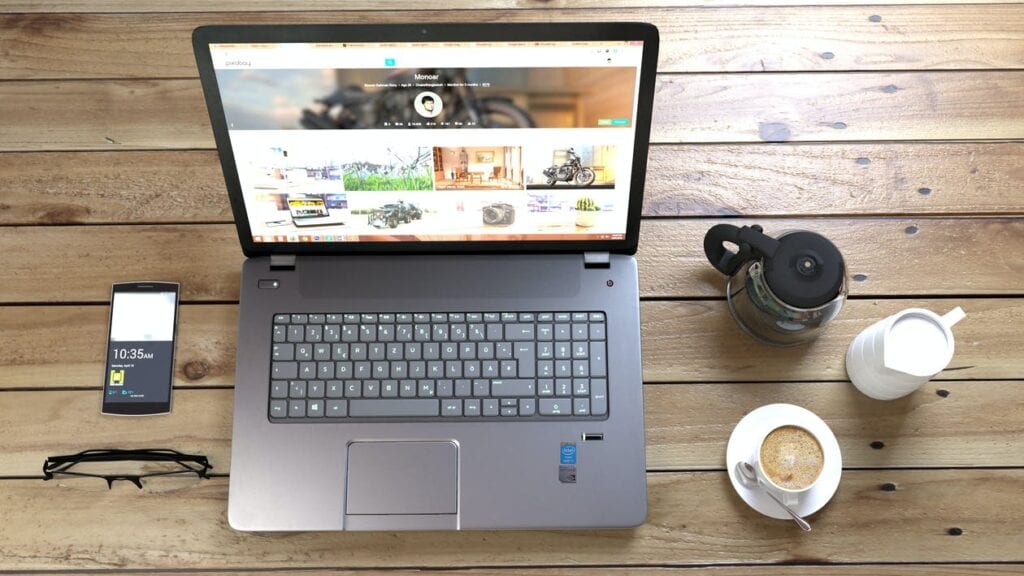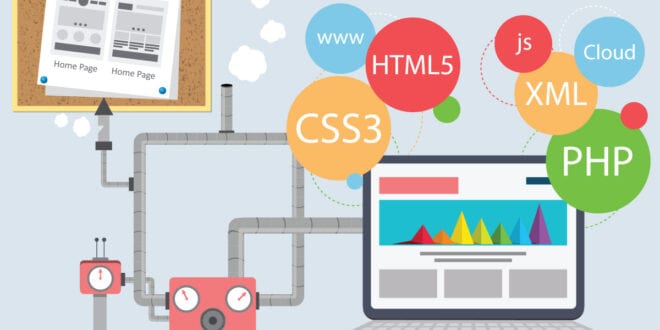Web design and front-end development are the two pillars of the internet- everything you see online was created by web developers. Today, creating your own website is easier than ever: drag and drop webpage builders are everywhere! However, there’s a difference between simply creating a website and making it attractive and useful. The latter requires a lot of knowledge and skill.
Well, what makes a good website? How to make it stand out amongst millions of other websites? What are the best design practices?
In this article, we’ll provide you with answers to all of these questions. So, without further ado, here are some important factors that should be considered when designing your first webpage:
1. The purpose

There’s a huge difference between designing a personal blog and a web store. Therefore, the crucial factor that will determine the design of your website has to be its intended purpose. For whom are you making this website? Who is your targeted audience?
A site can be anything but purposeless. If it doesn’t produce any kind of value for you, then you’re just wasting your money on hosting and maintenance. Make sure you set some clear goals before starting the designing process, as it will dictate many of your future decisions.
2. Customization levels

As we mentioned before, making a portfolio website or a personal blog is quite simple to do. You can do it yourself by utilizing various web-builders such as WordPress (especially its Elementor plug-in), Wix, or Squarespace. On the other hand, if you’re looking to make a full-blown e-commerce site, you’ll probably need some professional assistance. Web builders can only get you to a certain level of customization, especially considering you’ll have to use limited templates most of the time.
So, depending on your needs and goals, the amount of effort required to build a functional site will vary. If you’re in a need of a complex and responsive website, outsourcing a couple of front-end developers might be the best possible option. If you’re working on a limited budget, we suggest you check out some freelance platforms where you can usually find someone willing to do a decent job for less money.
3. Hosting and domain

Finding the right hosting can be a difficult task, especially if you’re new to the game. It can also be quite expensive if you don’t know where to look. Most hosting services offer different kinds of packages including those customized for business websites.
No matter if you’re looking for hosting for your e-store or for your online portfolio, you should choose a quality hosting provider. This will ensure your website is stable and bug-free. You should pick providers with a good reputation and highly responsive customer support. You don’t want your website to be down all the time, and you want a quick way to resolve any issues.
The most popular hosting and domain providers at the moment are Hostgator, Namecheap, and Bluehost.
4. Content, content, content!

No matter how aesthetically pleasing your site is, if it doesn’t have quality content, it’s as good as gone. Your content is what will attract people onto your landing page, and keep your website useful and profitable.
So, you should plan out your content even before starting to style your page with some CSS customizations. So, how do we know whether the content is good or not?
First of all, writing all of your content by yourself is next to impossible, especially if we’re talking about a business site. You’ll need a professional who has a deep knowledge of SEO and is adept at creating engaging content for your visitors. Of course, the written word isn’t the only thing you’ll need: there are video, audio, and photo materials, which can only be produced by well-trained and knowledgeable professionals. For example, take a look at the SEO Shark’s Website: it has animations, HD images, and tons of keyword-optimized text.
5. Responsiveness

Your website should be accessible from all kinds of devices. If it’s only functional on desktop, you’re likely to lose a lot of traffic from mobile users. Of course, creating a responsive site is not easy. You’ll need a good developer to do it for you.
Still, if you’re planning on building your website by yourself, there are ways to keep it responsive. Most web builders come with responsive templates that make the entire process easy. Of course, as you may suspect, these templates are quite limited and they won’t let you customize much. So, while they’re perfectly fine for smaller projects, when you’re building a business website you’ll simply require more options.
Your design has to reflect your brand and your company’s mission. It should be unique and specific to your general messages. So, if you’re looking to make a professional-looking webpage, it’s time to consult with the professionals.
6. Costs and time

Lastly, you’ll have to consider the resources needed for building your site. While you shouldn’t overpay to get your site up and working, you shouldn’t go with the cheapest route either. We live in a digital world, and your webpage is how people will perceive you. So, make sure you aim for the highest quality possible when designing the site, all while setting a reasonable budget.
You’ll also want to find ways to minimize the time spent on both building and maintaining the site.
Make sure you set some goals before starting the process, so you can determine whether the site is worth it or not.
Overall, what’s important is to find the right balance. Don’t spend more of your time, money, and energy on something that won’t pay off.
The bottom line
Many different factors influence the process of web-building and development. Namely, they include picking the right hosting service, writing the right content, and having the right plan.
If you’re someone who’s inexperienced in web design and development, we suggest you get a team of developers and SEO experts to help you maximize the benefits of having a good webpage. Make sure you learn as much as you can and choose the right tools.
All in all, we wish you luck and success with your designing project, and we hope this article was useful to all novice web-developers out there.
 Imagup General Magazine 2024
Imagup General Magazine 2024



